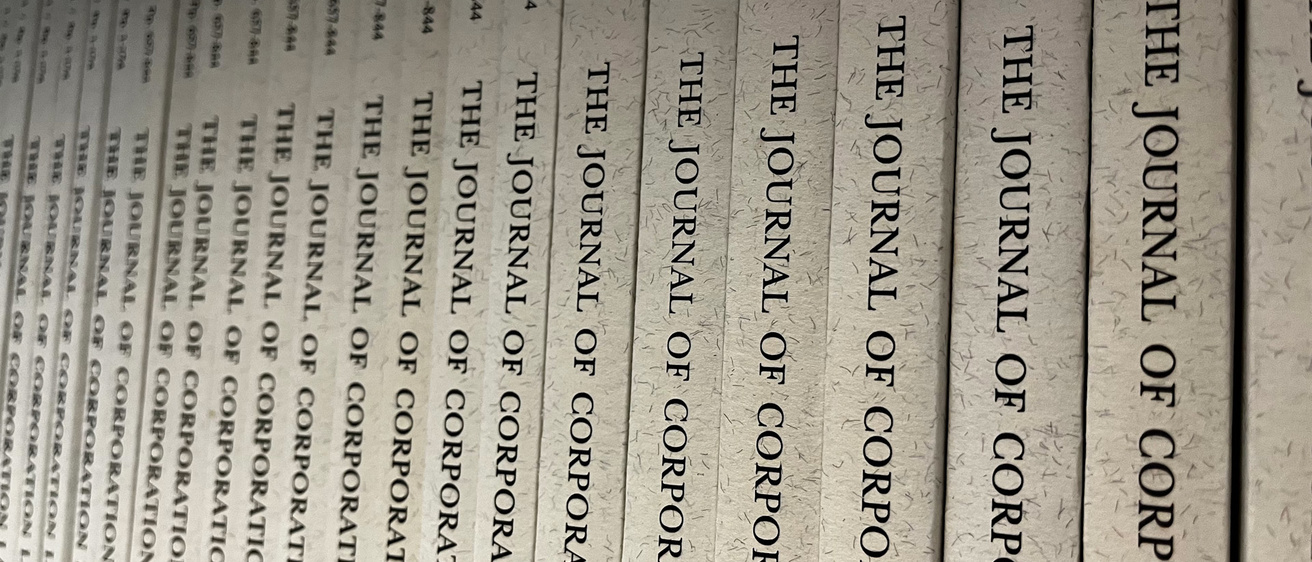Unequal Intermediation: Wealth Inequality and the United States’ Capital Markets
Wealth in the United States is very unequally distributed and has been growing more so for the last 40 years. During the same 40 years that wealth inequality has been growing, investment intermediaries have also grown. Investment intermediaries manage the wealth of U.S. households. This Article argues that the simultaneous growth of wealth inequality and investment intermediaries is not coincidental. Rather, wealth inequality feeds the growth of investment intermediaries and investment intermediaries, in turn, feed the growth of wealth inequality.
The growth of wealth inequality in the last 40 years is not unique to the United States, though the inequality of the distribution of wealth in the United States has long been greater than that in other advanced economies, including Germany and Japan. Comparing corporate finance policy preferences in Germany and Japan to those in the United States sheds light on how the growth of investment intermediaries in the United States relates to the distribution of wealth.
Unlike their counterparts in Germany and Japan, U.S. policymakers have long favored capital market financing for U.S. businesses. Regulation has focused on supporting the markets while protecting investors. One unforeseen result of this policy focus has been the development of a unique ecosystem of public market intermediaries—mutual funds and hedge funds—that are unequally available to investors depending on the investor’s wealth. The unequal availability of investment intermediaries ties the capital markets to the distribution of wealth.
Stock Options of Adhesion
Many startup employees do not negotiate or seriously investigate their stock option agreements. On its face, this is concerning because stock options and other forms of equity compensation are considered a key part of the Silicon Valley system. Accordingly, scholars and regulators have called for fundamental reform of securities laws in the name of startup employees. Yet, talented employees keep flocking to startups and receiving breathtaking paydays, suggesting that something is working right in the startup labor market. This Article analogizes startup employees to mostly passive and uninformed consumers who are offered standardized “contracts of adhesion” when purchasing consumer goods or services. Building on long-standing scholarship asserting that market forces protect these consumers, this Article argues that reputational constraints and a critical mass of informed employees mold equity-compensation in ways that ultimately benefit employees.
